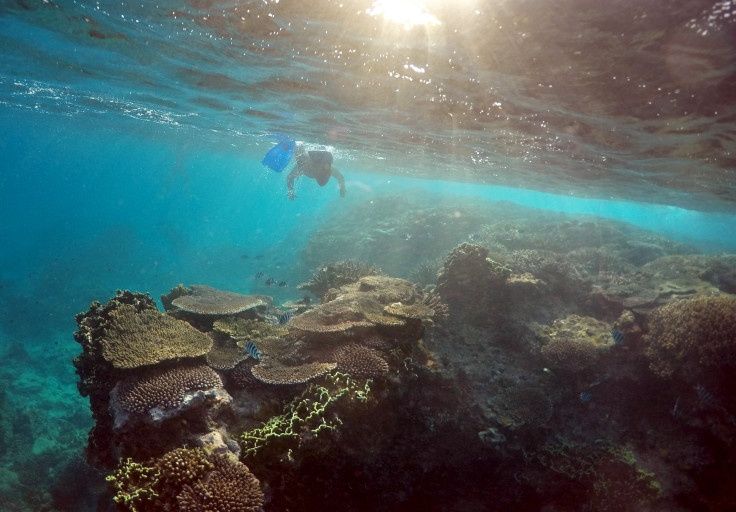Great Barrier Reef dying a violent death; Coral bleaching affecting even the most-resilient corals

Reports suggest that two-thirds of the people visiting Australia’s Great Barrier Reef are doing so for the last time. Most of the tourists want to see the reef before it dies from massive coral bleaching. The health of the reef is a sorry state with more and more tourists paying it a visit to experience it one last time.
About 93 percent of the reef is damaged and nearly 12,000 square kilometres of coral from Hawaii to the Indian Ocean may be destroyed by the end of 2017. Scientists have also filmed coral bleaching in action and it seems more severe and rapid than anyone could have predicted.
The team from Queensland University of Technology, Australia, used a combination of smart tablet, digital camera and microscope to record detailed time-lapse, close-up videos of a coral species' physical reaction to heat stress. The experts gathered evidence for the first time that coral bleaching employs pulsed inflation.
The experts involved in the study, published in the journal Coral Reefs, placed solitary corals, Heliofungia actiniformis, into controlled aquaria, before heating the water up, in order to simulate rising sea surface temperatures.
Researchers Brett Lewis and Dr. Luke Nothdurft from QUT’s marine facility in the School of Earth, Environmental and Biological Sciences, showed unhappy corals belching tiny algae cells (Symbiodinium) that live within coral tissue and give corals their vibrant colours. Lewis said that previous studies had shown how H. Actiniformis were resilient to coral bleaching compared to its neighbouring species in the Great Barrier Reef.
“What's really interesting is just how quickly and violently the coral forcefully evicted its resident symbionts. The H. actiniformis began ejecting the symbionts within the first two hours of us raising the water temperature of the system ... Our observations suggest this resilience could be due to the rapid expulsion of the coral's algal symbionts during thermal stress, and could very well increase H. actiniformis's chance of survival during abnormally high sea temperatures,” Lewis said in a statement.
QUT’s time-lapse video shows for the first time how corals remove algae. Expulsion of the algae removed the pigments from the coral tissues making them turn white.
Source: YouTube/marineQUT




















